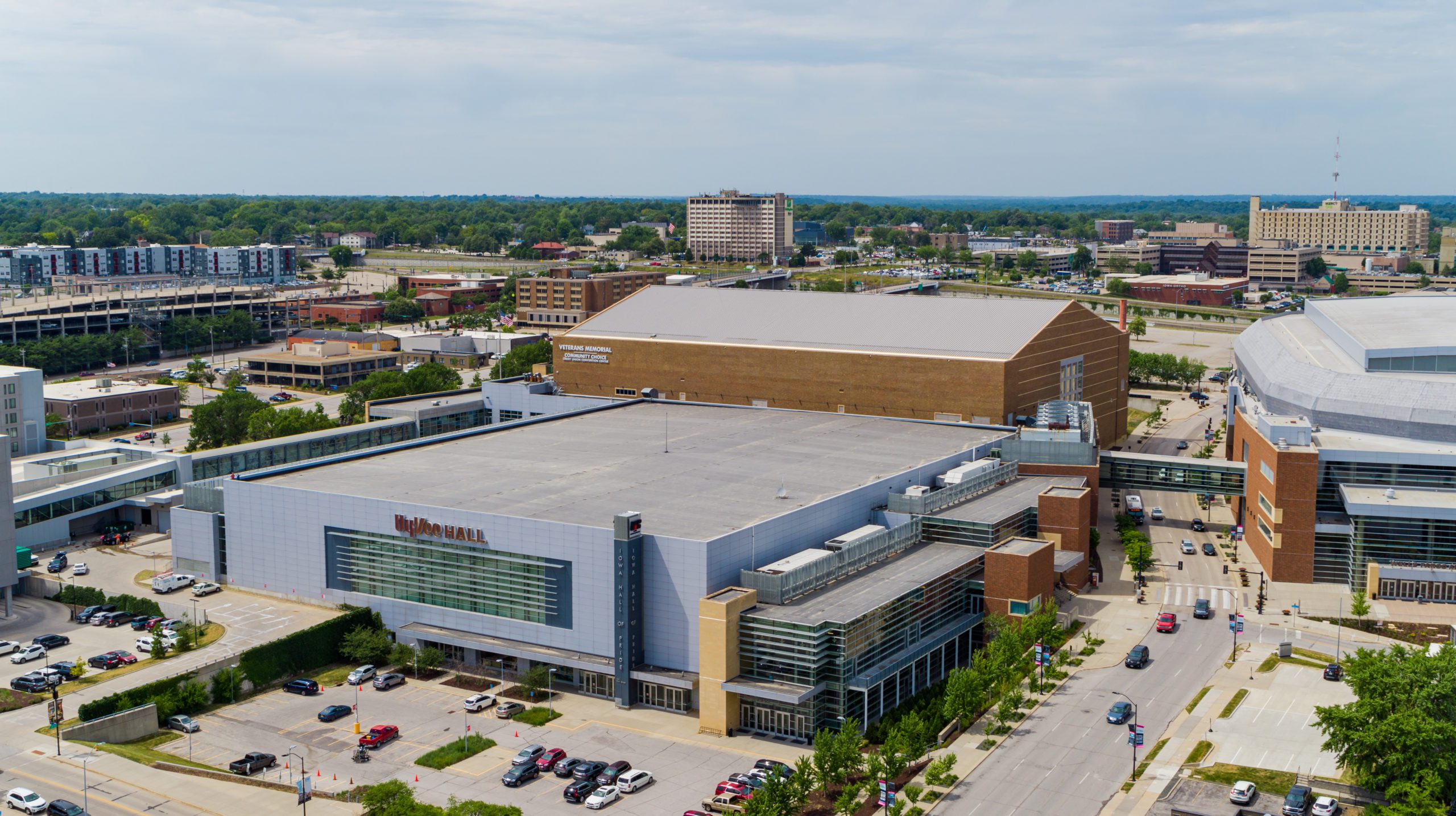Let’s start with the basics: What is a commercial roof? Different from a residential shingle roof on your home, a commercial roof is a flat or shingle roof on any size of business building. When picturing a flat roof, think of anything from a strip mall to Walmart to a hotel. As for a shingle roof, picture a bank or apartment complex.
An average timeline for how long a replacement takes can be difficult to nail down because commercial roofs can all be so different. But if we had to provide an answer, an average commercial roof installation takes one to five weeks (roughly). There are a number of factors that can play into the replacement timeline.
9 variables that may impact your replacement timeline
Size of the roof
This may be a more obvious variable, but it is a major factor in determining how long your replacement will take. We mentioned above that the average time it takes to replace a commercial roof is one to five weeks, but there are roofs that can fall outside of this if they are very large or small.
Small businesses, large event centers, and schools, for example, will vary drastically from each other in how long the project takes.
Type of roofing
While the number of square feet will be a factor in installation time, small, detailed areas of your existing roof will take longer than wide-open areas. Vents, pipes, curbs, drains, pitch pans, wall-flashings, edge metal, and other rooftop penetrations require extra detail when installing the roof and making sure it is watertight. It is easier to install a large flat roof with no obstacles than a small roof where roofers have to flash around—add material to direct water away from—multiple pipes and penetrations.
For example, a crew can complete about 6,000 square feet of wide-open roofing in a day. But if the roof is more complex, only about 2,000 square feet can be completed daily.
Scope of project
The biggest variable for how long your replacement will take is whether the material will be overlaid or if tear off of the existing roof is required. An “overlay” means the crews will apply the new roofing material over top of the existing roof. A “tear off” entails removing the existing roof, oftentimes down to the decking (flat boards that make up the foundation of your roof) or replacing the decking, and then installing an entirely new roof system.
Roofing system being installed
The fastest installation method is mechanically fastened, then ballasted, then adhered/glued. Some membrane types can only be installed in certain ways. For example, non-reinforced EPDM must be adhered or ballasted. A lot of roofing membranes can be installed all three ways. The type of decking can also affect how quickly the roof is installed.
If the building is occupied
Buildings such as hospitals and apartment buildings may take longer than new constructions or buildings that aren’t currently being occupied. This is because crews will have to make sure the roof is watertight and sealed at the end of every day before they leave the jobsite to ensure there are no leaks while they are away from the project. Whereas with new constructions, it will be easier to pick up where the crew left off without much consequence.
Weather and time of year
Rain, snow, and cold temperatures can bring your roofing project to a halt. Not only can they make access to your roof unsafe for workers, but these conditions can also harm the roofing materials as they are being installed. Spring is rainy, summer is hot, fall is windy, and winter is snowy. Roofing companies are prepared for these conditions, but these elements can limit roofing services.
Roofing systems that have to be glued down (a.k.a. warm weather systems) may have trouble being applied in temperatures below 40 degrees, but can typically still be installed at temperatures as low as 10 degrees. Roofing systems that can be mechanically fastened or ballasted (a.k.a. cold weather systems) can be applied any time of year no matter the temperature.
Material availability
This is one of the biggest factors in lead time for commercial roofing right now. The industry is still coming out of material shortages from the past few years. Currently, some materials take up to six weeks to be delivered. Hopefully, as time passes, common roof materials will become more readily available again.
Inspections
Commercial roofs that will have a manufacturer’s warranty will have to be inspected by the manufacturer to ensure everything was installed correctly. The timeline of your completed roof can be changed based on the availability of inspectors. Most of the time, only final inspections are needed. But there are some instances where inspections are done during the project, depending on the type of warranty.
Contractors can wait anywhere from five days to five weeks for an inspector from the manufacturer to do the final inspection. If the inspector finds problems, they will issue a “Punch List” for the contractor. This must be completed to get the warranty and for the inspector to mark the job complete.
Sometimes the roofing contractor finds other issues on the roof that require an inspection from another contractor. For example, if the roofer finds asbestos, they will have to stop their work and call a professional to inspect and take care of the issue, which will add more time to your project.
Permits
In some cases, your roofer will have to get a permit to do work on your building. They may also have to close off parts of sidewalks or roads, depending on the location and scale of your project. This can take time to approve and requires the contractor to submit detailed plans.
The best way to find out how long it will take…
Have Hopkins Roofing perform a free inspection. Our expert commercial roofers will provide you with a quote and give you specifics on how long your project will take and what materials are needed.





